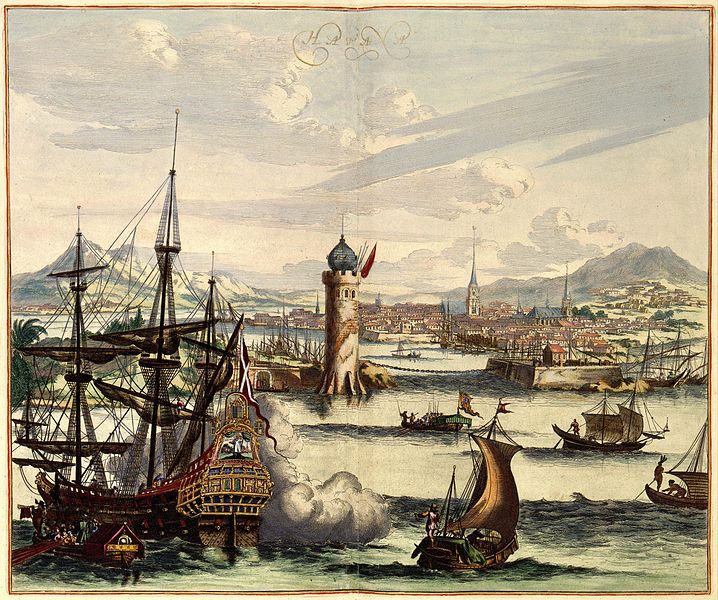Are you a tourist looking to visit Cuba? You’re in luck! Here you will find a handy guide to all your dining needs. For tourists, by tourists!
First off, are you a vegetarian? This could prove to be difficult for you as the Cuban people’s adoration of meat is perhaps only surpassed by their love of Che Guevera. Have you eaten your protein? Fun fact: protein is synonymous with meat in Cuba! The good news is that by all large all the animals and produce you will be consuming are local, organic, and fresh. In fact, if you’re eating at a paladar, chances are the reason you’ve been waiting an hour is that your chef is making an excursion to the market to buy the food you are about to eat. The average meal in Cuba consists of rice, beans, salad, the occasional plantain, and of course, meat, by which I mean pork or chicken. Fish is also available, but is not traditional, for as Joel attempted to explain, “Cubans are crazy, we live on an island surrounded by fish, but we eat pork.”
As to liquids, in Cuba, no matter what you order, no matter where you are, make sure your drink includes rum. Rum flows freely to tourists in Cuba, and as a tourist, take advantage of this. The rum will never disappoint you. By the end of your meal if you have not had at least one sip of a rum-based beverage you are either on the wrong island or have fully assimilated to local culture. You see, actual Cubans drink beer. And coffee, which is served ceremoniously after most meals to tourists and Cubans alike. Cuban coffee comes in espresso cups, and though usually not actually espresso, has a strong earthy flavor that is most aptly described as “delicious.” Also important to know is that Cubans believe it is even more delicious when the sugar to coffee ratio has surpassed 1:1.
Wherever you eat, be it a paladar or a government restaurant, the variety of food offered will be similar. There will often be large and extensive menus, but it is better just to ask the server what is actually available that day. Through extensive empirical culinary testing, I have personally ascertained that for practical purposes, the main difference between a paladar and a government restaurant is the gustatory quality. While the government should be praised for its efforts in agriculture and food security for all Cubans, government-run CUC restaurants for the most part are an invitation for disappointment. As one Cuban paladar worker tried to warn us, “they will promise you so much and give you so little.” A word to the wise: if the offer the restaurant promoter is shouting at you in the street as you walk by sounds too good to be true, it is. Similarly, either all of the restaurants on Obisbo Street in Havana have the “best food in Cuba,” or none of them do. Probably the latter.
The question thus becomes, how does a hungry tourist find a good restaurant? One might assume the easiest way to do this is to simply ask for a recommendation, but in Cuba this is more complicated a proposition than one might assume. As a tourist, it is assumed that you have all the riches of capitalism at your disposal and so from this assumption you will either be directed to a) the most expensive restaurant in town, or b) a restaurant either owned or operated by a friend or family member of the Cuban who recommended it to you. What this means is that for the most part you will have to strike out on your own for food.
Wander down a street. When you find a restaurant first check to see if there is a band standing by the ready. If so, you are most likely at a government restaurant, and if you would like some food with your music then, by all means, stay. As it is Cuba, the musicians will be magnificent. The food? Do you like cabbage salad? You will! To find a good paladar my rule of thumb is that the sketchier the location of the restaurant within a building, the more likely it is to be delicious. If you walk through someone’s living room to get there your palate is guaranteed to be satisfied.
As a tourist, most places you dine, whether private or governmental, will have their prices in CUCs. If you would like to experience the restaurants average Cubans might frequent, you must again hit the streets. There you will find ice cream, simosas, hamburgeusas, and, of course, pizza! Be prepared to spend anywhere from 10 cents to 10 dollars on your purchases.
Finally, my last words of advice are that you will not fully appreciate the simple glory that is the ham and cheese sandwich until you return to the United States and re-acquaint yourself with airport dining. But that’s another post. Good luck!
Posted in Uncategorized | 1 Comment »






































